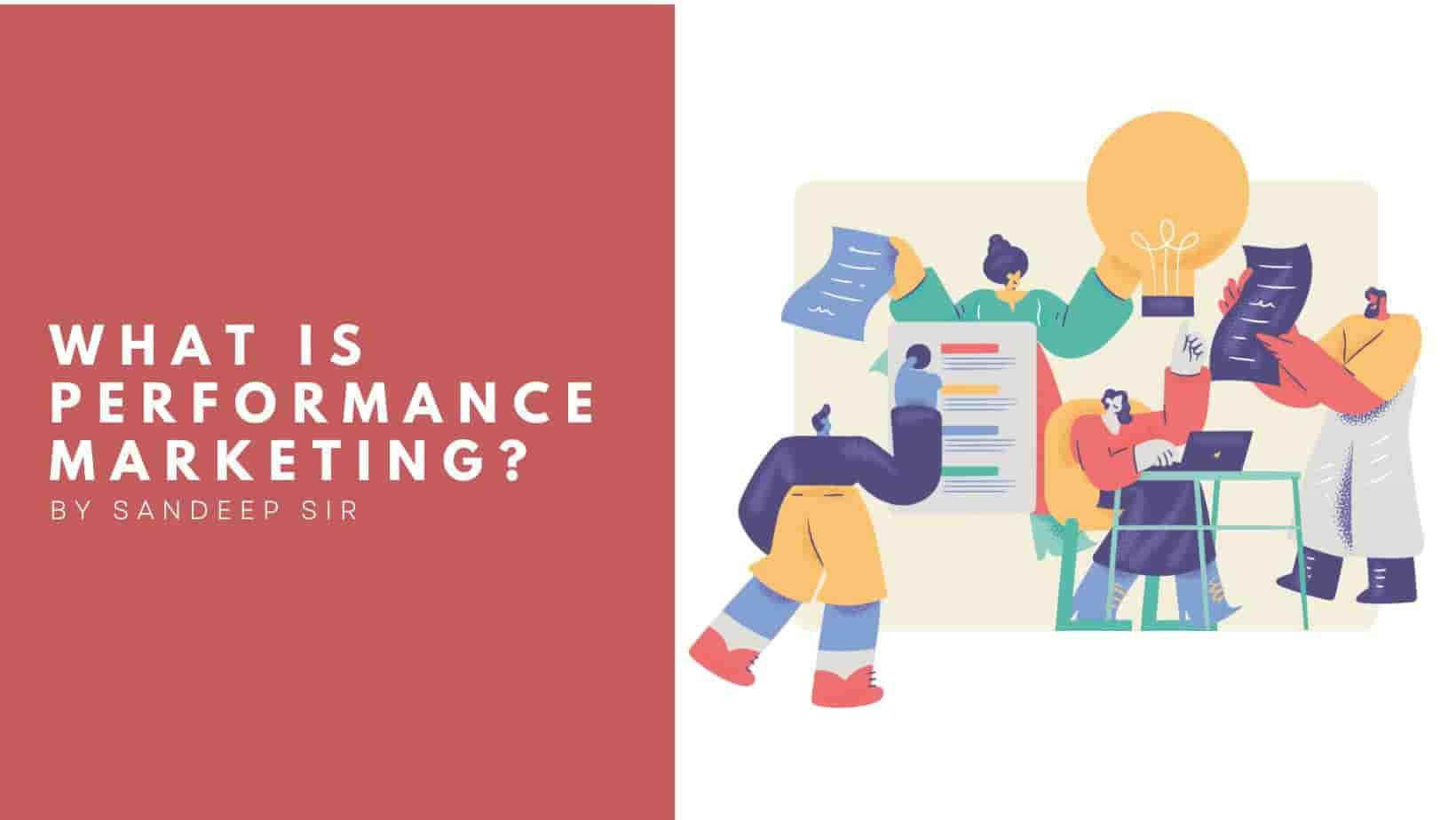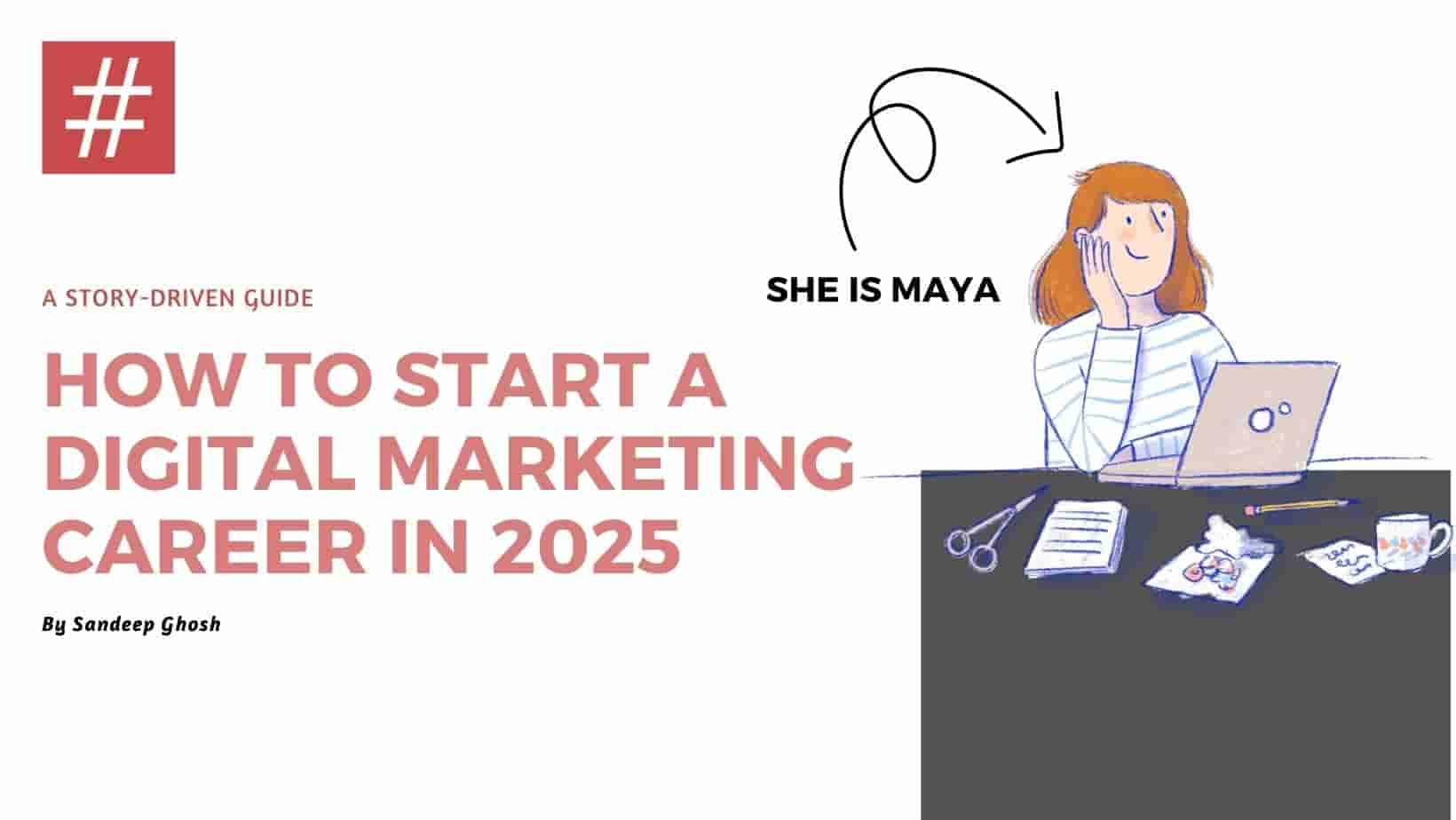What is Performance Marketing?

Performance marketing is a way for companies to pay only when an action happens—like someone clicking an ad, signing up, or making a purchase. Unlike older ad methods where you pay just to show an ad, here you only pay when something measurable happens. This method helps businesses spend money wisely.
A Quick History of Performance Marketing
- Mid-1990s: The idea of paying for specific actions started.
- 2000: Google AdWords (now Google Ads) began, letting businesses pay for clicks.
- Early 2000s: Marketers started tracking actions in real time.
- 2005-2006: New rules like Quality Score helped serve more relevant ads.
Simple Steps to Launch a Performance Marketing Campaign
-
Set Clear Goals
Decide what you want to achieve, like more sales or sign-ups. Use SMART goals (Specific, Measurable, Achievable, Relevant, Time-bound). -
Choose the Right Platforms
Pick where your audience hangs out. This could be search engines, social media, or even websites with partner ads. -
Create a Great Landing Page
Make a clear page that tells visitors what to do. Ensure it loads fast and looks good on mobile devices. -
Use the Right Tools
Tools like Google Analytics and tracking pixels help you see how people interact with your ads. -
Test and Improve
Always check your numbers and try small changes (A/B testing) to see what works best. -
Expand Slowly
Once you see results, add more budget and try new channels.
How to Calculate Your KPIs
Key Performance Indicators (KPIs) help you understand if your campaign is working. Here’s how to calculate some common ones:
-
Click-Through Rate (CTR):
Formula:
CTR = (Number of Clicks ÷ Number of Impressions) × 100
Example: If your ad was shown 1,000 times and got 50 clicks, then CTR = (50 ÷ 1,000) × 100 = 5% -
Conversion Rate:
Formula:
Conversion Rate = (Number of Conversions ÷ Number of Clicks) × 100
Example: If 50 clicks led to 10 sales, then Conversion Rate = (10 ÷ 50) × 100 = 20% -
Cost Per Acquisition (CPA):
Formula:
CPA = Total Cost of Campaign ÷ Number of Conversions
Example: If you spent $200 and got 10 sales, then CPA = $200 ÷ 10 = $20 per sale -
Return on Ad Spend (ROAS):
Formula:
ROAS = Revenue Generated ÷ Total Ad Spend
Example: If you spent $100 and made $500 in sales, then ROAS = $500 ÷ $100 = 5 (or 500%)
Case Study: Boosting Sales for an Online Store
Imagine an online store selling cool gadgets. They started a performance marketing campaign with these steps:
- Goal: Increase sales by 15% in three months.
- Strategy:
They used search ads to attract people actively looking to buy gadgets. - Landing Page:
The store created a simple, mobile-friendly page showing top products and a clear “Buy Now” button. - Tracking:
They used Google Analytics to measure clicks and conversions. - Results:
After a month, they calculated:- CTR was 4.5%
- Conversion rate reached 18%
- CPA was $15
- ROAS was 6, meaning for every $1 spent, they earned $6 in revenue.
This clear set of numbers helped the store see what was working and where to improve.
Best Practices to Succeed
-
Research Your Keywords:
Use keyword tools to find words people use when searching for performance marketing. This helps your content get found. -
Optimize Your On-Page SEO:
Write clear title tags and meta descriptions. For more on this, check out Key Differences Between Performance Marketing and Traditional Ads. -
Build Trust and Authority:
Include quotes from experts or share simple success stories like our online store example. -
Use Structured Data:
Mark up your FAQs and case studies so search engines understand your content better. -
Prevent Click Fraud:
Use smart tracking tools to avoid wasting money on fake clicks. Learn how to Protect Your Budget from Click Fraud. -
Experiment with New Ideas:
Sometimes, you need to try something unexpected. Look into Unconventional Guerrilla Marketing Strategies for creative ways to capture attention. -
Use Affiliate Marketing Wisely:
Connect with partners who can promote your brand. For tips, see Affiliate Marketing Strategies in Performance Campaigns.
Looking Ahead
The future of performance marketing is all about using data to make better decisions. With new technologies like artificial intelligence, you’ll be able to predict what works and change strategies in real time. Keep learning and testing new ideas to stay ahead.
Frequently Asked Questions
-
What is performance marketing?
It’s a method where you pay only when a clear action (like a sale) happens. -
How do I know if my campaign is working?
By measuring KPIs such as CTR, conversion rate, CPA, and ROAS. -
Can small businesses use performance marketing?
Yes! It is especially good for small budgets because you only pay for real results.
Final Thoughts
Performance marketing is a smart, measurable way to reach customers online. By setting clear goals, tracking simple KPIs, and always testing new ideas, you can create campaigns that work. Stay updated with the latest trends, learn from success stories, and adjust your strategies as needed. With the right approach, every click can bring in a new customer and every campaign can boost your business.
Happy marketing—and here’s to turning every ad into a win!

Categories
Read More
Have you ever wondered why some websites earn instant trust while others struggle to keep visitors engaged? The secret may lie in Google’s E-E-A-T principles—Experience, Expertise, Authoritativeness, and Trustworthiness. In today’s digital landscape, understanding and applying these principles is essential for content creators, marketers, and businesses striving to build a...

Discover a comprehensive, step-by-step guide on launching your digital marketing career in 2025. Learn from Maya’s personal journey, explore essential skills, build a portfolio, get certified, and network effectively to thrive in the evolving digital landscape. I still remember the moment I realized that the digital realm wasn’t just a space for scrolling and memes—it was a...

Discover what B2B sales means, including key strategies, components, techniques, and trends. Learn about the buyer's journey, technology’s role, and relationship-building tactics for successful B2B sales. In today’s competitive business environment, understanding what B2B sales means is essential for any organization looking to grow and thrive. Business-to-business (B2B) sales...

Are you tired of feeling sluggish and frustrated with your weight loss journey? Do you want to achieve a healthier, more energetic you? Look no further! This comprehensive guide will walk you through a step-by-step plan for achieving your weight loss goals. Understanding the Basics of Weight Loss Before we dive into the detailed plan, it's essential to understand the basics of weight loss....

Team India Women Create History Again: A Glorious Chapter Unfolds The Indian Women’s Cricket Team has once again proved its mettle by creating history on the international stage. With grit, determination, and exceptional teamwork, they have achieved a milestone that will be remembered for years to come. Team India Women Create History Again as they showcase a performance that blends...



